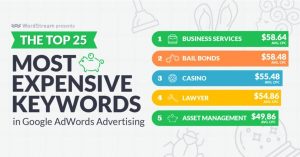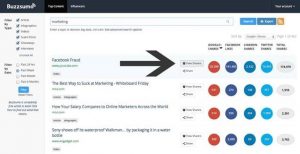Pros & Cons Of Google’s New Structured Data For Reviews
Google this week added several important updates to search, but two in particular help marketers assist consumers in finding information across the web indexed from company and brand sites.
For starters, on Friday Google announced the addition of structured data support for reviews. The feature allows marketers to add a line in their review status that gives readers insight into pros and cons of their product or service.
The line, albeit subtle, provides insight to help consumer make decisions when researching or making a purchase.
Marketers can add the information by providing pros and cons structured data for the editorial review pages.
Google uses structured data it finds on the web to understand the content of the page, as well as to gather information about the web. Only editorial product review pages are eligible for this feature.
When adding structured data to web pages, marketers use Rich Results Test to ensure it is valid and so Google Search bots can read it. The tool now checks for pros and cons structured data, as well as all the other structured data types supported by Google Search.
The “Pros and cons” section should provide a high-level summary of the product or service. The section is available in multiple languages such as Dutch, English, French, German, Italian, Japanese, Polish, Portuguese, Spanish, and Turkish in all countries where Google Search is available.
Google will prioritize supplied structured data before the data it automatically extracts from the site.
The other feature Google announced this week teaches consumers how to find search results for exactly what they are seeking.
As a result, “quoted searches,” a collection of words strung together and bookended with quote marks, became easier to use this week.
When someone searching for information puts quotes around any word or phrase, such as “wireless phone chargers,” Google will return only the pages that contain those exact words or phrases.
And now, Google will make the words easily identifiable after clicking on the link and visiting the content by bolding the words on desktop.
One thing people searching for information may not know is the words may be contained in a meta description tag and not visible on the website page. It appears as if the words really are not on the page.
For example, “ALT text” describing images is considered, as is the text within a page’s URL. Material brought in through inline frames (iframes) is also matched.
Google may also see content that doesn’t initially load on a page when you go to it, such information rendered through JavaScript that only appears if you click to make it display.
If a search includes multiple quoted terms, the snippet may not show all of them.
If quoted material appears several times on a page, a snippet will show what seems to be the most relevant occurrence.
More information on the topic can be found here.
(31)
Report Post




